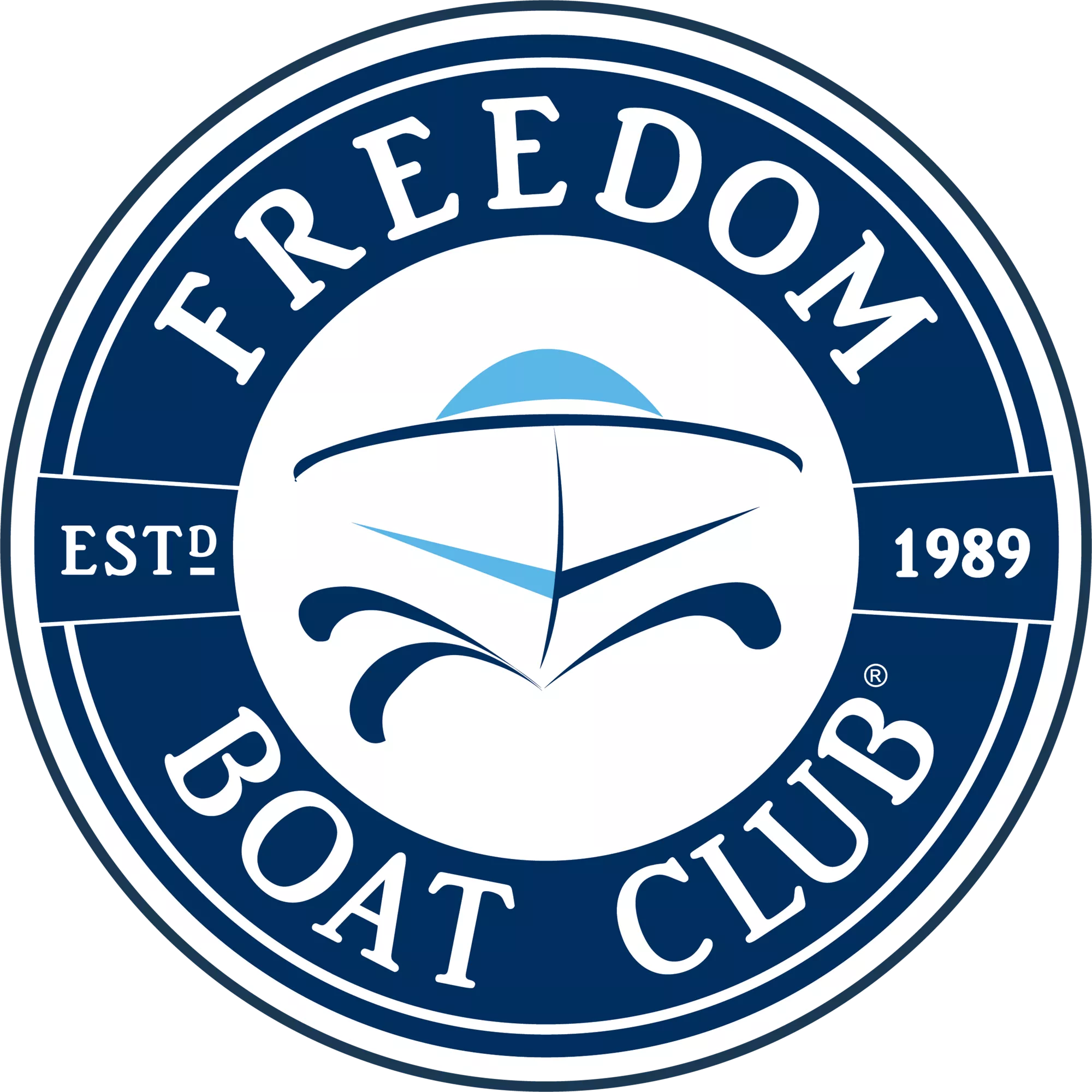
The Maritime industry operates on the VHF (Very High Frequency). Most other radios operate on UHF (Ultra High Frequency).
Some channels are monitored for commercial use, some for private use, some for coast guards, etc.
The most important channel to know is Channel 16. This is the International Hailing and Distress Frequency. Wherever you are in the world, you should be monitoring Channel 16.
Here are some more of the most commonly-used channels:
Channels 1, 7A, 8, 10, 11, 18A, 19A, 63, 77, 79A, 80A and 88A
Commercial channels (pleasure boaters are supposed to stay off them). These are used by commercial ships/frieghters/cruise lines/etc.
Channels 1, 5, 12, 14, 20, 63, 65A, 66A, 73, 74 and 77
For port operations. (Many of these are used by recreational boats in areas where no port operations exist.)
Channel 6
For intership safety communications.
Channel 9
Pleasure-boat hailing channel (also bridges in Florida and other areas in the southern united states).
Channel 13
For requesting bridge openings, although in some areas it’s channel 67, and others its 9, like in here in SW Florida.
Channels 24, 25, 26, 27, 28, 84, 85, 86 and 87
Used by marine operators, for example sea tow does there free automated radio check on channels 24,25,26,27,28, 84 depending what area you are in.
Channel 22
Coast Guard working channel, the one where safety broadcasts are made after they alert you on channel 16 and ask you to switch over.
Channel 70
A dedicated Digital Selective Calling (DSC) channel. DSC is an automated distress system that will also allow us to make digital phone calls through our VHF radios. Most all radios use a transmission method that can only move in one direction at a time, thus only one person can transmit. That’s called a simplex system. There are also some channels that use a duplex (full and semi modes) system, they can send and receive information simultaneously, but this must be done through a marine operator and works very similar to a telephone. This has been phased out through most of the US as mobile phones have made a rise. But when you watched movies and saw someone telephone call the station and the other person was talking on a radio, that’s how it was done.
WX button
An international weather report: in the US this comes from NOAA (the National Oceanic and Atmosphere Administration).
